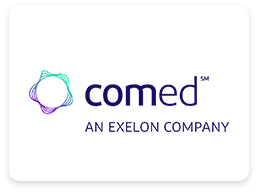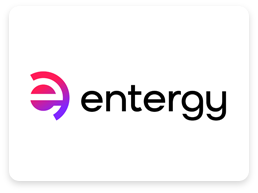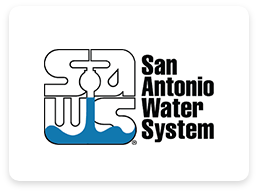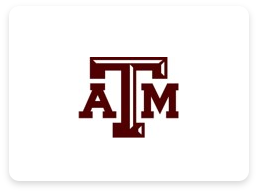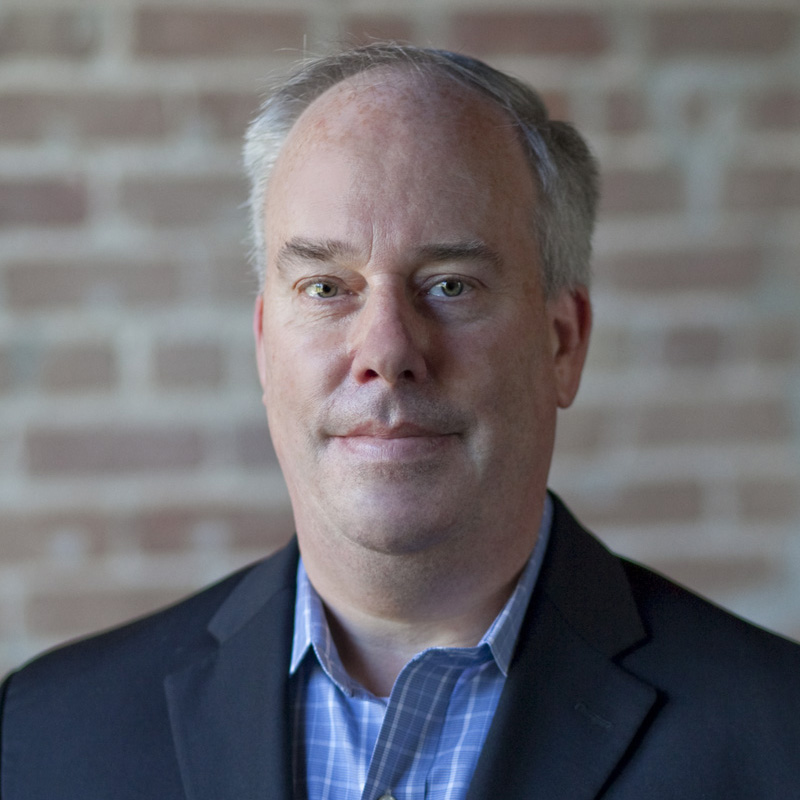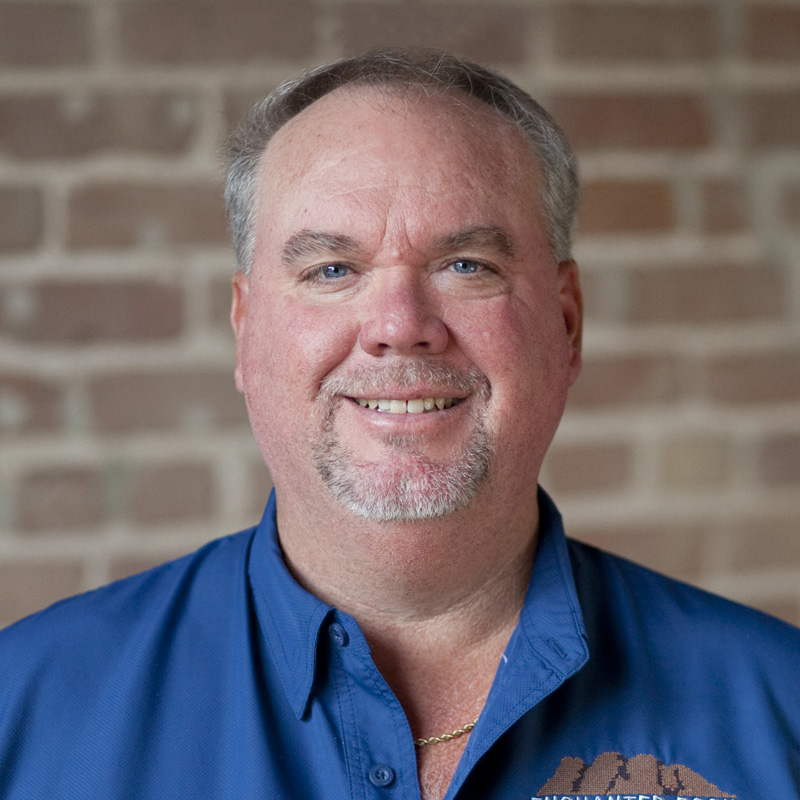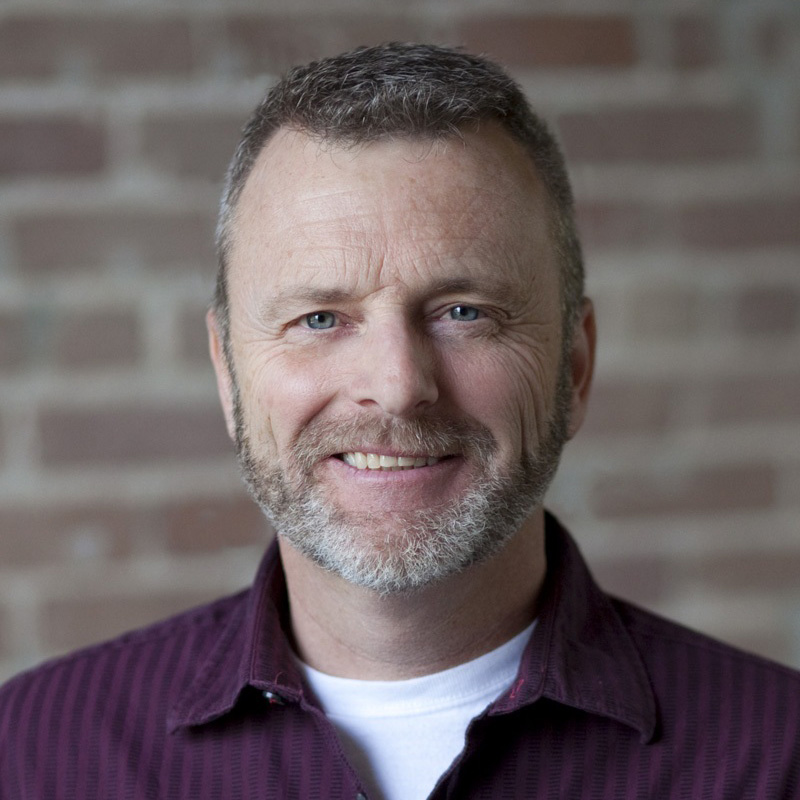Microsoft is a multinational technology company producing software, electronics, PC’s and related services like data centers.
The drive to decarbonize is accelerating across industries worldwide. Technology companies have taken a leadership position in a variety of ways to move away from fossil fuel sources while providing the same reliability and performance. Renewable natural gas (RNG) is a source that serves as either primary or backup power to electricity-intensive data centers.
Around the world, over 3,500 companies, cities and educational institutions have adopted netzero pledges as part of the fight against climate change, according to the United Nations Climate Action program[i]. But many of those pledges have far-off deadlines, such as 2050.
Recent extreme weather such as Winter Storm Uri in 2021 and Hurricane Ian in 2022 — as well as wildfires across western North America, worsened by a warming planet — are signals that our planet can’t wait.
Microsoft has long believed more aggressive action s needed to combat global climate change. In 2012, the company adopted a goal of being carbon-negative by 2030. Microsoft is building a data center in San Jose, California, that will support that goal by using RNG to power a backup generator hooked to a microgrid — the state’s largest.
The move is sustainable on two levels. First, the RNG will offset carbon dioxide emissions from natural gas when the data center needs to use its emergency backup generators. Second, by transforming animal waste into environmentally beneficial fuel, the use of RNG keeps methane out of the atmosphere.
Methane has a shorter lifespan than other greenhouse gases, like carbon dioxide, but it is about 25 times more potent than CO2 at trapping heat in the atmosphere, according to the U.S. Environmental Protection Agency[ii].
Construction of the San Jose Data Center is scheduled to begin in 2023 and the facility will come online in phases beginning in late 2023 into early 2024.
THE DRAMATIC GROWTH OF AN ELECTRICINTENSIVE INDUSTRY
Data centers, also called server farms, are voracious users of electricity, consuming between 10 to 50 times the energy per floor compared to a typical commercial office building, according to the U.S. Department of Energy (DOE)[iii]. Collectively, data centers account for approximately 2% of total U.S. electricity use.
At least 2,700 data centers are operating now in the U.S. and many observers expect that number to grow sharply, perhaps even double, over the next five years.
The addition of so many new data centers could lead to a surge in U.S. electric demand growth, even if the new facilities are outfitted with the most energy-efficient technology. Although the U.S. electricity industry is reducing its carbon emissions, all sectors need to participate in decarbonization to avert the most catastrophic effects of climate change.
Microsoft is one of many technology companies building data centers.
“As our data centers grow to support the increased demand for cloud services across public and private sectors, we will continue to devote resources to finding creative, innovative solutions to today’s data center operational and engineering challenges to help us meet our ambitious sustainability targets,” a Microsoft spokesperson commented. “Our mission is to not only find ways to improve our data center operations but also share these learnings with the broader cloud and built environment industry.”
Enchanted Rock, a leading provider of Electrical Resiliency-as-a-Service, Chief Executive Officer Thomas McAndrew said, “We are partnering with data center owners like Microsoft because data centers have significant power needs and unique power reliability requirements. Five-nines of reliability is a base expectation. Data centers play a vital role in our country’s increasingly digital life. And, like many segments, data center owners are increasingly focused on operating in ways that minimize their environmental impact.”
He continued: “Today’s digital world relies on the uptime and continuity of data center operations. This continuity does not need to come at the expense of companies’ carbon emission reduction goals or local air quality. Microsoft’s decision to pursue a renewable microgrid marks another milestone in the industry as businesses continue to move away from conventional, less carbon-friendly methods. We expect this project will demonstrate that large-scale, reliable, and cost-effective backup generation with net-zero carbon can become the new standard.”
RNG PART OF THE CIRCULAR ECONOMY
Reducing carbon emissions from power plants and industry is one aspect of sustainability. But sustainability is far larger than that: It contemplates a move to a circular economy, where waste of all kinds is minimized.
RNG is an important aspect of a circular economy, as it captures methane emitted by decaying food waste, agricultural waste, and animal waste and turns it into a useful fuel while also keeping methane out of the atmosphere.
Using RNG to power microgrids, boilers, or other industrial processes is one part of the energy transition effort. Today, RNG amounts to less than 1% of overall gas use by all customer segments and industrial sectors. But projections are that RNG could grow to over 8% by 2050, according to an estimate from the Coalition for Renewable Natural Gas. A significant growth accelerant is the distribution of federal funds to fight climate change contained in the Infrastructure Investment and Jobs Act of 2021 and the Inflation Reduction Act of 2022.
MICROSOFT’S PARTNERSHIP WITH ENCHANTED ROCK
“Microsoft’s collaboration with Enchanted Rock will enable us to provide our San Jose, California, data center with backup power sourced from California’s soon-to-be largest microgrid fully supported by RNG,” a Microsoft spokesperson said.
In addition to its carbon-negative goal, Microsoft also has made a commitment that by 2030, 100% of its energy supply, 100% of the time, will come from zero-carbon resources on grids where it operates. “This commitment, which we refer to as 100/100/0, provides a vision and roadmap to pair our operational goals with our research, technologies, and investments to drive global change,” the Microsoft spokesperson said.
“Our partnership with Enchanted Rock is a collaboration on this roadmap,” the spokesperson continued. “Enchanted Rock’s ability to develop a reliable microgrid with netzero emissions will produce significantly lower carbon emissions and air pollutants than a data center run by traditional diesel generators.
We know that our actions alone will not decarbonize the grids, but we are committed to taking ambitious action to drive market demand signals that will influence the speed and scale at which the transformation happens.”
Added Bill Magavern, policy director for the Coalition for Clean Air, “California needs practical alternatives to diesel backup generation in order to protect public health and prevent catastrophic climate change. This means deploying flexible, dispatchable solutions that can tackle the intermittent nature of renewables while reducing the environmental and public health impacts of diesel-fueled generators.”
Enchanted Rock CEO McAndrew added, “Microsoft has indicated that the San Jose Data Center is a template for future fully decarbonized data center microgrid projects with our company.”
WHY RNG, AND WHY NOW?
Microsoft’s San Jose Data Center was originally designed to have backup generators run on diesel fuel. But the tech giant switched to an RNG-powered microgrid because that would increase electric reliability while lowering emissions dramatically at a lower cost. RNG also has a significantly lower carbon intensity than traditional natural gas.
“This project and subsequent support of our San Jose data center enables Microsoft to further our goal of eliminating dependence on petroleumbased diesel while increasing the resilience of our data center and providing a much-needed capacity resource to the local grid,” a Microsoft spokesperson said. “This project will outperform current California Air Resources Board emissions requirements for distributed generation, the most stringent in the world, with hourly local emissions 80% to 96% lower than Tier 4 diesel standards while delivering higher reliability.”
Many companies, including Microsoft, have responded to the climate challenge by signing contracts with renewable energy developers for electricity generated by the sun or wind. But the sun doesn’t always shine — even in California — and the wind doesn’t always blow. The state’s dramatic rush to renewables has created a new set of problems for electric reliability: In summer afternoons, when the air conditioning load is rising, generation from renewable energy facilities is falling.
Since going offline is not an option for 24/7/365 data centers, Microsoft needed to have a highly reliable source of electric generation that was not dependent on intermittent generation like solar or wind. And, as the state has struggled to keep the lights on in recent years, Microsoft needed the extra assurance that an RNGpowered microgrid provided.
The data center can be islanded from the utility grid, if necessary, during electric disturbances. Or, it can operate to provide grid support and generation capacity to its local utility provider if called on to do so. This grid support generates revenue that is passed on in the form of cost savings to Microsoft. In many cases, Enchanted Rock’s dual-purpose microgrids come in at or below the cost of traditional diesel backup generation.
The RNG-fueled backup generators are expected to run for no more than 100 hours per year, including for grid support, though the microgrid is permitted to run up to 500 hours per year. The data center could play an important role in keeping the lights on in California, which has suffered through wildfires and power emergencies in recent years.
“This innovative, first-of-its-kind natural gas microgrid data center resiliency solution will come in at or below the cost of the original diesel and provide grid stability services back to PG&E and the California ISO,” said Thomas McAndrew, Enchanted Rock’s CEO.
Brian Janous, Microsoft’s general manager of energy and sustainability, added, “This project helps Microsoft take a step towards our goal of eliminating dependence on petroleum-based diesel while increasing the resilience of our data center and providing a much-needed capacity resource to the local grid.”
For its San Jose Energy Center, Microsoft selected Enchanted Rock’s Electrical Resiliency-as-a-Service with its dual-purpose microgrids powered by RNG because it is cleaner, more reliable, and more affordable than diesel alternatives. It is an important step forward in the energy transition.
[i] U.N. Climate Action webpage (accessed September 8, 2022).[ii] “The Importance of Methane,” U.S. Environmental Protection Agency (accessed October 7, 2022).
[iii] DOE webpage, “Data Centers and Servers” (accessed September 8, 2022).
Trusted by

